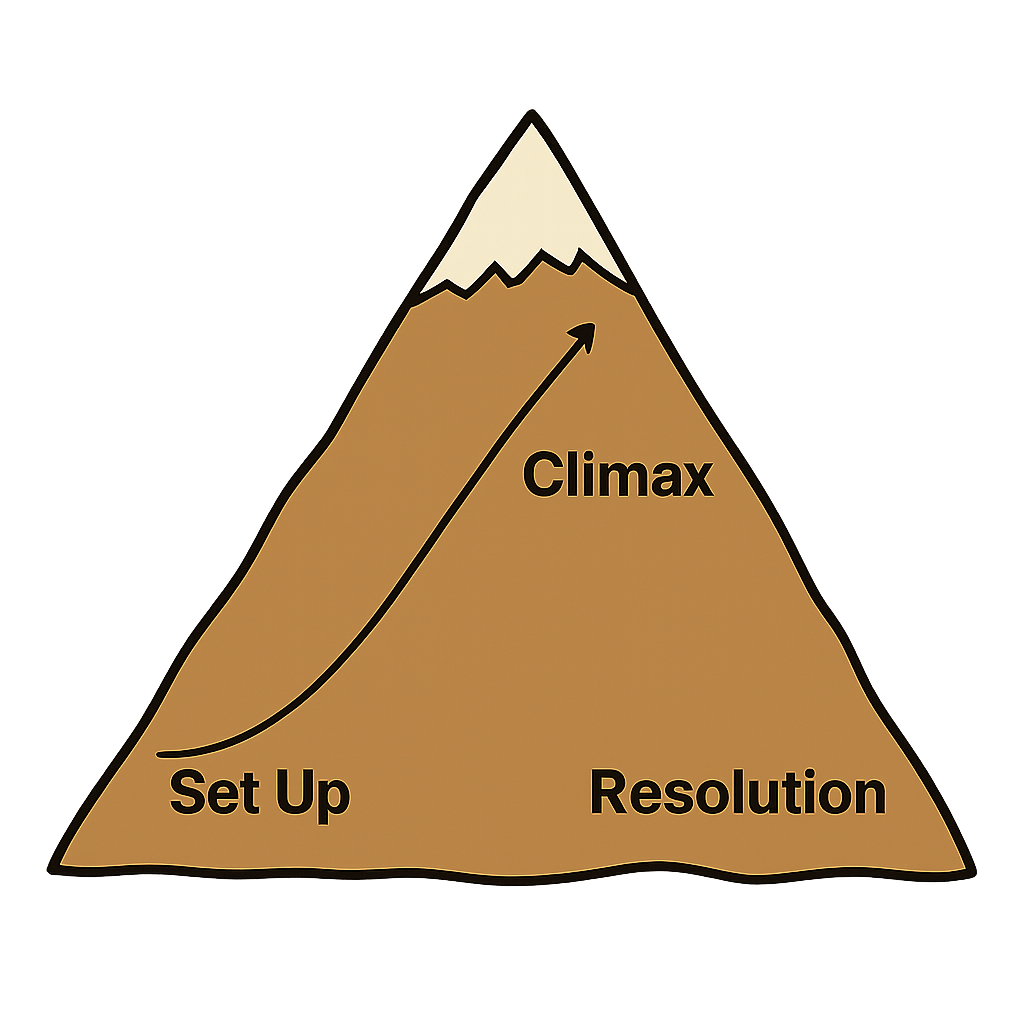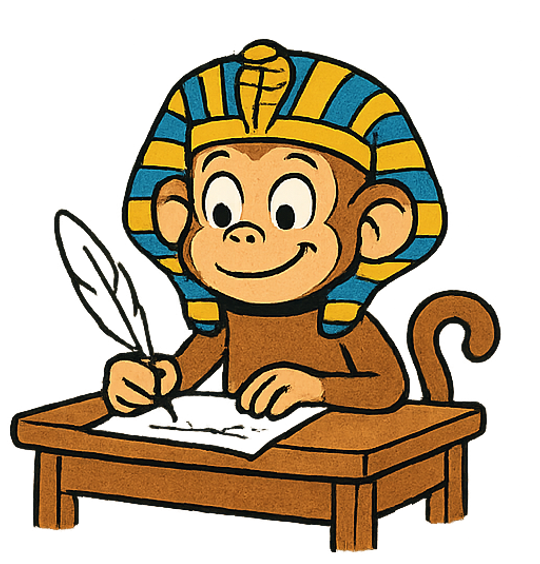(Based on a prompt: Write a story about an animal discovering something new.)
Kip, a young marmoset monkey with fur like burnt orange sunset, clung nervously to the highest branch. Below him, the familiar emerald chaos of the Amazon jungle stretched for miles. But today, a strange sound tickled his ears – a low, continuous rumble he’d never heard before. Curiosity, sharp and insistent, pricked at him. His mother had always warned him about the Whispering Falls, a place shrouded in legend, but the sound pulled him like an invisible rope.
Taking a deep breath, Kip launched himself into the green canopy, leaping from branch to branch, his tiny heart thudding against his ribs like a trapped bird. The rumbling grew louder, vibrating through the wood beneath his paws. He dodged a grumpy toucan and zipped past a sleeping sloth, driven by the mysterious noise. The air grew thick with moisture, clinging to his fur in tiny droplets. Suddenly, the trees thinned, revealing a sight that stole his breath.
Before him, a colossal curtain of water plunged from a mossy cliff into a churning, turquoise pool below. Rainbows danced in the spray that rose like smoke. The roar was immense, powerful, magnificent! It wasn’t whispering; it was shouting its glory to the jungle. Kip stared, mesmerised. This wasn't a place of danger, but of breathtaking beauty. He chattered excitedly, the sound lost in the waterfall's roar, already planning how he would lead his family to this incredible, newly discovered wonder.
Why it works: Clear beginning (introducing Kip and the mystery sound), middle (the journey and build-up), and end (the discovery and resolution). Uses descriptive language ("burnt orange sunset", "emerald chaos", "colossal curtain of water") and shows Kip's feelings ("nervously", "curiosity, sharp and insistent", "mesmerised").

